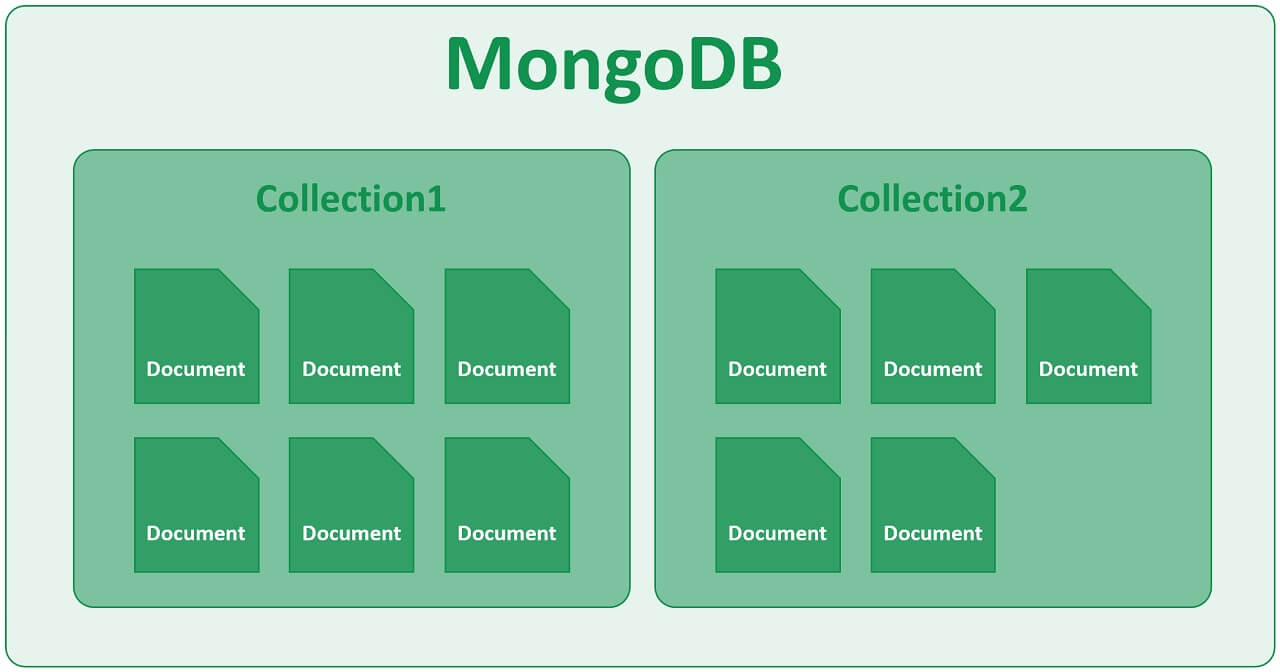As a cornerstone of the NoSQL database realm, MongoDB has revolutionized the way developers store and manage data. One of the most fundamental elements of MongoDB is the concept of collections. Collections serve as containers for documents, which are the individual records in a MongoDB database. Understanding how to effectively utilize collections can significantly enhance your database management skills and optimize your application’s performance. In this article, we will delve deep into the intricacies of collections in MongoDB, exploring their functionalities, best practices, and common pitfalls to avoid.
MongoDB’s flexible schema design allows developers to create collections that can hold various types of documents, making it an ideal choice for projects that require quick adaptability to changing requirements. With the ability to store diverse data types, collections in MongoDB offer a versatile approach to data management that traditional relational databases cannot match. As we navigate through this guide, you will gain insights into how collections work, how to create and manipulate them, and the best practices that can help you harness their full potential.
Furthermore, the ability to perform queries on collections and retrieve data efficiently is crucial for any application’s performance. By mastering collections in MongoDB, you can ensure that your data retrieval processes are streamlined and effective. Whether you are a seasoned developer or just starting your journey with MongoDB, this comprehensive guide aims to equip you with the knowledge needed to leverage collections to their fullest advantage.
What is a Collection in MongoDB?
A collection in MongoDB is akin to a table in relational databases, but with a key difference: it does not enforce a schema on the documents it contains. This flexibility allows for various data types and structures, making it easier to accommodate changes in data requirements over time. Each collection can contain multiple documents, and these documents can possess different fields and data types.
How Do You Create a Collection in MongoDB?
Creating a collection in MongoDB is a straightforward process. You can either create a collection explicitly using commands or let MongoDB create one automatically when you insert your first document. Here’s how to create a collection explicitly:
use yourDatabaseName db.createCollection("yourCollectionName") Alternatively, you can insert a document into a non-existing collection, and MongoDB will automatically create it for you:
db.yourCollectionName.insertOne({ name: "John Doe", age: 30 }) What Are the Key Features of Collections in MongoDB?
Collections in MongoDB come with several notable features, including:
- Dynamic Schema: Documents within a collection can have different structures.
- Indexing: You can create indexes on fields within documents to improve query performance.
- Scalability: Collections can easily scale horizontally by sharding across multiple servers.
- Aggregation Framework: This powerful tool allows for the processing and analysis of data within collections.
How Do You Query Collections in MongoDB?
Querying collections in MongoDB is one of its most powerful features. The database offers rich query capabilities allowing developers to retrieve specific documents based on various criteria. A basic query can be constructed as follows:
db.yourCollectionName.find({ age: { $gt: 25 } }) This query returns all documents in the collection where the age field is greater than 25. MongoDB's query language supports a wide range of operators, enabling complex queries that can filter, sort, and project the data you need.
What Are the Best Practices for Managing Collections in MongoDB?
To ensure optimal performance and maintainability of your MongoDB collections, consider the following best practices:
- Use Meaningful Collection Names: Choose descriptive names that reflect the data contained within.
- Limit Document Size: Keep documents under the 16MB limit for efficient storage and retrieval.
- Implement Indexing Strategies: Create indexes on frequently queried fields to enhance performance.
- Regularly Review and Refactor: Periodically assess your collections and make adjustments as necessary.
How Can You Handle Large Collections in MongoDB?
Handling large collections in MongoDB requires careful planning and execution. Here are some strategies to consider:
- Sharding: Distribute your collection across multiple servers to improve performance and scalability.
- Chunking: Break large documents into smaller chunks to manage data more effectively.
- Archiving: Move older or less frequently accessed documents to separate collections or databases.
What Common Pitfalls Should You Avoid with Collections in MongoDB?
While working with collections in MongoDB can be highly beneficial, there are several pitfalls to watch out for:
- Ignoring Indexing: Failing to create indexes can lead to slow query performance.
- Overcomplicating Document Structures: Keep document structures simple and easy to manage.
- Neglecting Data Validation: Use validation rules to ensure data integrity within collections.
Conclusion: Master Collections in MongoDB for Optimal Performance
In conclusion, collections in MongoDB play a vital role in how data is stored, managed, and retrieved. By understanding how to create, query, and maintain collections effectively, you can harness the power of MongoDB to build robust applications. Adhering to best practices and avoiding common pitfalls will ensure that your data management processes are efficient and scalable, paving the way for future growth and development.
Exploring The Significance Of 36.9: A Temperature Benchmark
Understanding The Shell Sort Algorithm: Efficient Sorting Made Simple
Experience Convenience With Great Clips Online Appointment


